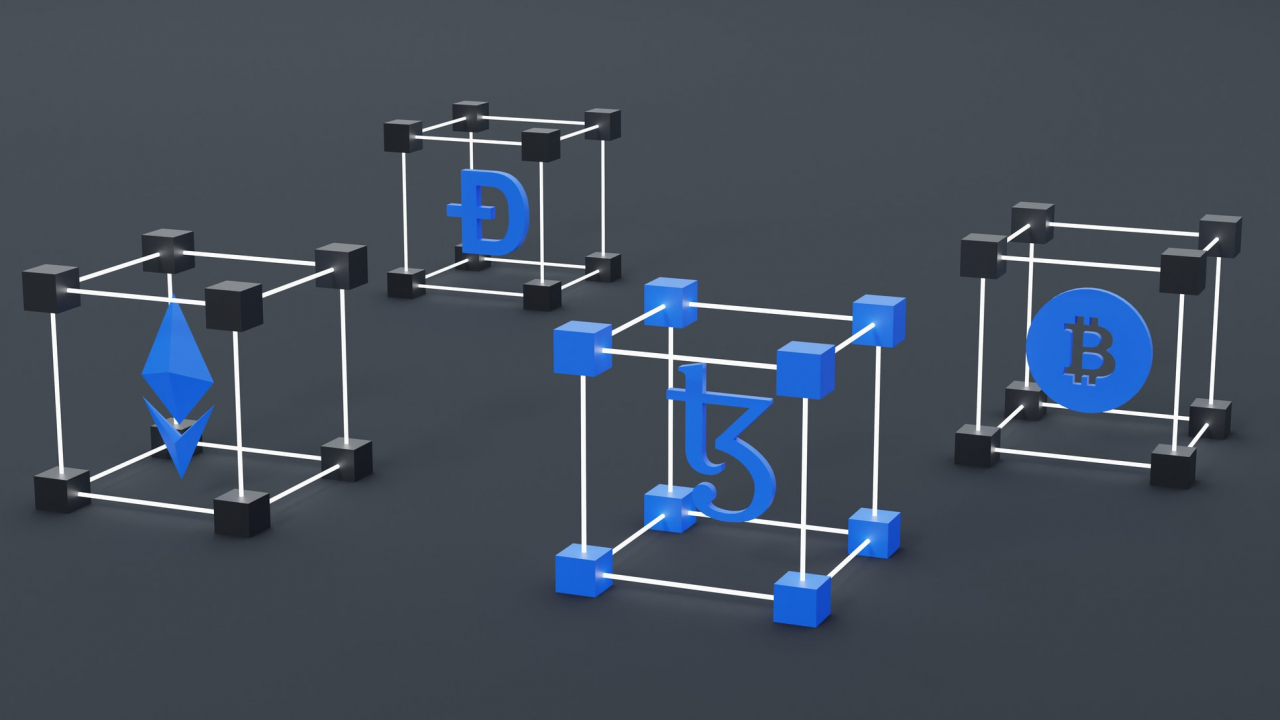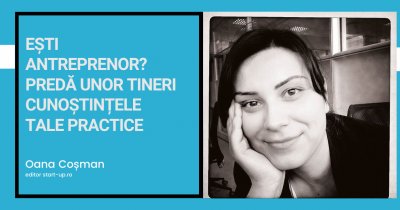With over 500 Snake-like apps available on app stores, today, far from the shy beginnings of the arcade games, the mobile apps industry is due to reach a staggering $407.31 Billion market value by 2026, as per Mobile Application Market by Marketplace and App Category: Global Opportunity Analysis and Industry Forecast, 2019-2026.
In a knowledge and tech-based economy, IP has assumed a major role and it comes as no surprise that IP assets have long surpassed the value of the physical assets owned by companies. So, considering that by the first quarter of 2021, on Google Play alone there were 3,482,452 apps available, followed by Apple App Store with 2,226,823, Windows Store 669,000 and Amazon Appstore 460,619, having an IP strategy is crucial for your business.
Can you patent an app?
This is the question most developers ask. Short answer is yes, long answer is, it depends. Even though patents have been traditionally associated with industrial processes and products, recently it was noticed a shift towards software related inventions that qualify for patent protection. Nevertheless, patenting a software is neither straightforward nor costly or strategically effective.
If you intend to pursue patent protection with the European Patent Protection (EPO), you should ask yourself whether your app meets the novelty, inventive step and industrial applicability criteria as required, and if the answer is yes, you might want to go ahead and consider applying for a patent. At the end of the day, having your app patented means that others will be prevented from making, selling, using your invention without your consent.
But there are downsides to this: (1) the filing, examination and granting process might take up to 4 years or more – depending on the instances the application is contested during these stages – giving no guarantee that you will actually be awarded the patent,
(2) it can be very expensive – filling, grant, renewal, professional assistance help, and the list can go on – and,
(3) in the event that your app will receive a patent, there is a chance that by then, the given software is already outdated and no longer able to keep up with the competition.
Despite that, there is still a significant number of patents awarded every year to software related inventions, according to the World Intellectual Property Organization (WIPO), most of which granted in developed countries. Once granted, a patent may offer a legal monopoly – exclusive rights for a period of 20 years – and confer the owner a strategic position on the market meaning that given software will not be emulated by competition.
Other means of protecting your IP
Copyright can technology-based work (computer programs and electronic databases), meaning that it can protect code as it is an expression of an idea. So, if you wrote your app`s code from the scratch, just like you would have written a book or a song, and you are the sole and original author of that piece of work that is presented to the world, say your app goes live, you can claim exclusive copyrights. Apart from lower costs associated with copyright, the protection lasts for the duration of the author`s life and an additional 70 years and is easier to obtain, as it arises automatically on creation without other formalities involved. Copyrighting your software can grant you reproduction rights, adaptation rights (the right to make other derivative works) and the right of distribution (meaning that you can make the specific copyrighted work available to the public).
Another option for software developers to look into is using trade secrets to protect their code, structure, algorithms etc. of the app. Besides that, you can also protect the graphical user interface (GUI) of your mobile app via trade dress, covering aspects pertaining to the overall visual appearance of a product.
Going hand in hand with trade secrets, non-disclosure agreements (NDAs) and confidentiality clauses could prove very useful legal tools to ensure that up until the app is launched, technical aspects will remain confidential, and it can protect you from former employees sharing details to competition.
Conclusion
To conclude, there are some steps to take when you want to ensure the protection of your mobile app, understanding that is not all about the app and that it should be part of your strategy to have a secured IP portfolio. You can patent, but is time consuming, expensive, and perhaps not even qualifiable for, you can copyright your source code, trademark all elements related to your brand/app and make sure you sign NDAs with all employees, partners, or collaborators.
To make in the mobile app arena, a business should be mindful of all these aspects pertaining to intellectual property, since it not only secures exclusivity rights, but it also has a strong say in terms of attracting investors and securing a profitable exit strategy.
 Paul Cosmovici
Paul Cosmovici















